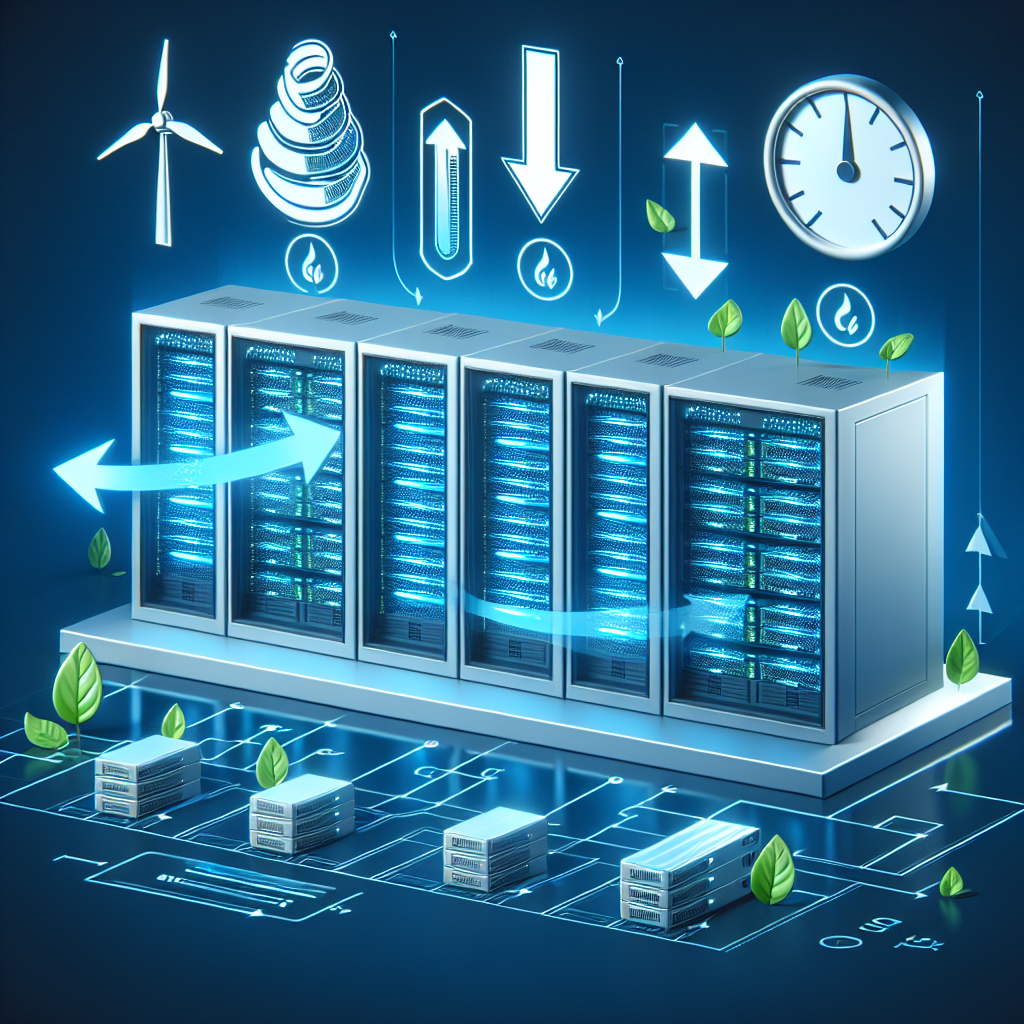Your cart is currently empty!
How to Reduce Energy Consumption in Data Center Cooling

As technology continues to advance, the demand for data centers is increasing. Data centers are essential for storing and processing large amounts of data, but they also consume a significant amount of energy to operate, especially in terms of cooling. In fact, cooling systems can account for up to 40% of a data center’s total energy consumption.
Reducing energy consumption in data center cooling is not only important for cost savings, but also for environmental sustainability. By implementing energy-efficient practices, data center operators can lower their carbon footprint and contribute to a more sustainable future. Here are some strategies to reduce energy consumption in data center cooling:
1. Optimize airflow management: Proper airflow management is crucial for efficient cooling in data centers. By implementing hot and cold aisle containment systems, as well as using blanking panels and brush strips, data center operators can ensure that cool air is directed to where it is needed most. This helps reduce the workload on cooling systems and improves overall energy efficiency.
2. Use efficient cooling systems: Upgrading to energy-efficient cooling systems, such as air-side economizers, evaporative cooling, or chilled water systems, can significantly reduce energy consumption in data center cooling. These systems are designed to operate more efficiently and effectively cool data centers without consuming excessive amounts of energy.
3. Implement temperature and humidity controls: Monitoring and adjusting temperature and humidity levels in data centers can help optimize cooling efficiency. By setting temperature and humidity levels within recommended ranges, data center operators can prevent overcooling and reduce energy consumption. Implementing smart controls and sensors can also help automate temperature and humidity adjustments based on real-time conditions.
4. Utilize free cooling techniques: Free cooling techniques, such as using outside air or water for cooling, can be an effective way to reduce energy consumption in data center cooling. By leveraging natural cooling resources, data center operators can lower their reliance on mechanical cooling systems and save on energy costs.
5. Regular maintenance and upgrades: Regular maintenance and upgrades of cooling systems are essential for optimal performance and energy efficiency. By keeping cooling systems well-maintained and up to date, data center operators can ensure that they are operating at peak efficiency and consuming minimal energy.
In conclusion, reducing energy consumption in data center cooling is not only beneficial for cost savings, but also for environmental sustainability. By implementing energy-efficient practices, such as optimizing airflow management, using efficient cooling systems, implementing temperature and humidity controls, utilizing free cooling techniques, and conducting regular maintenance and upgrades, data center operators can lower their energy consumption and contribute to a more sustainable future.

Leave a Reply